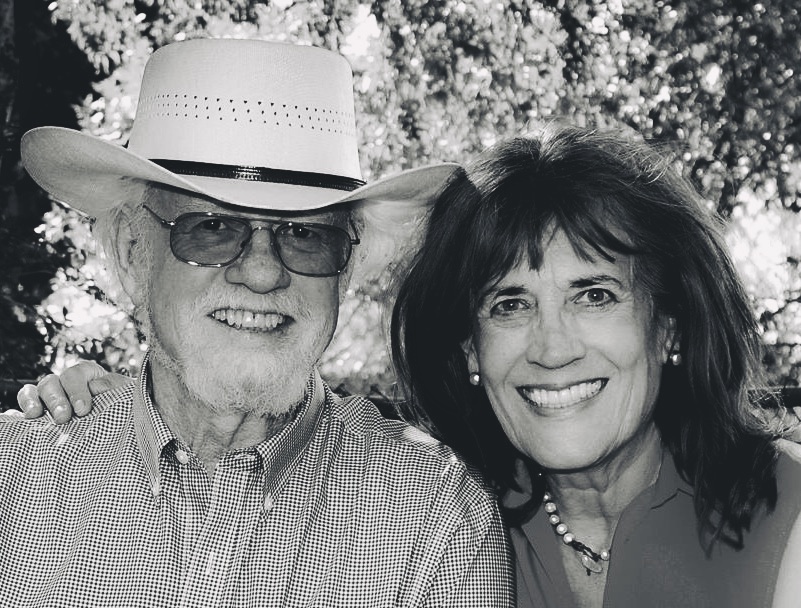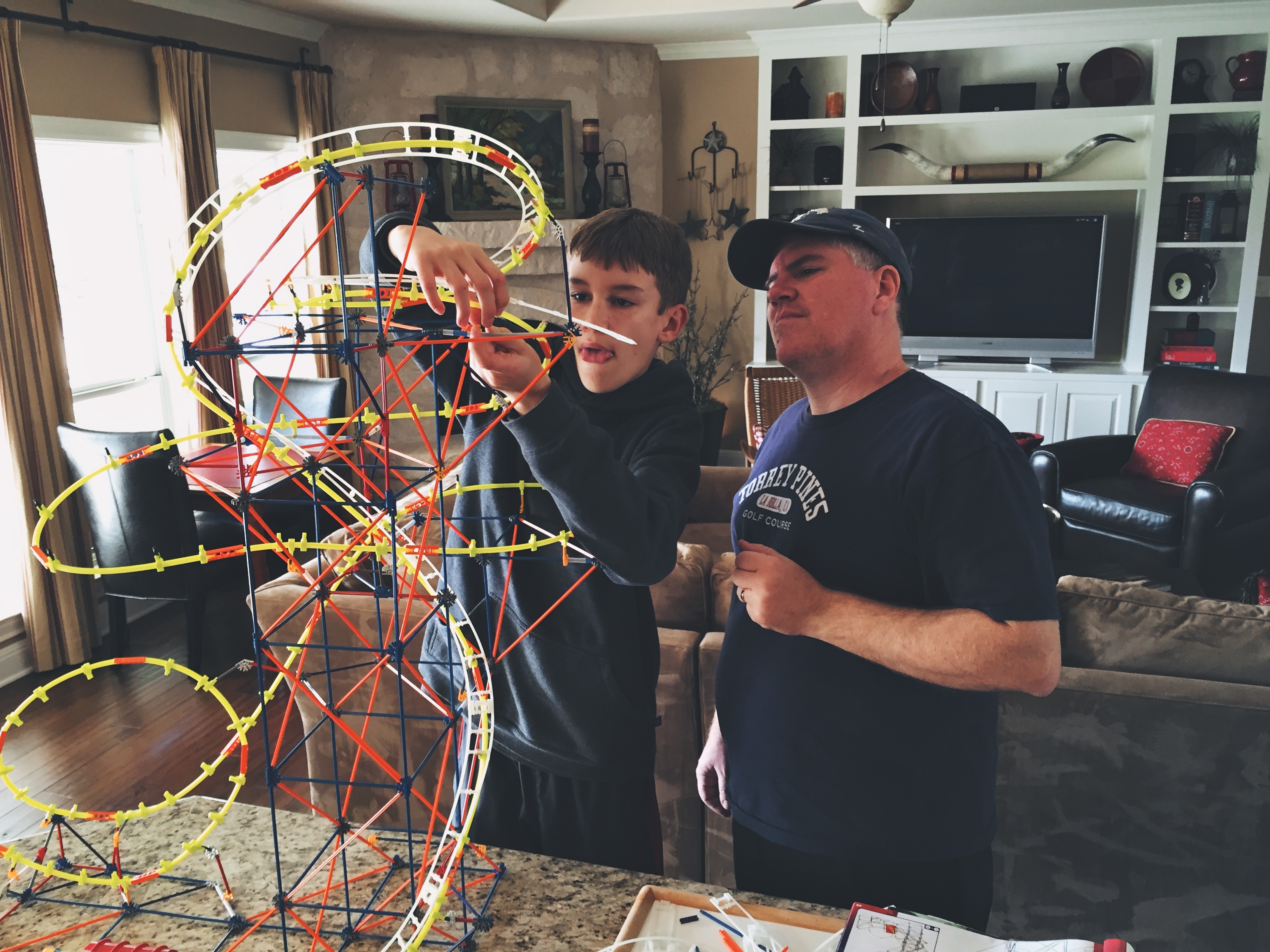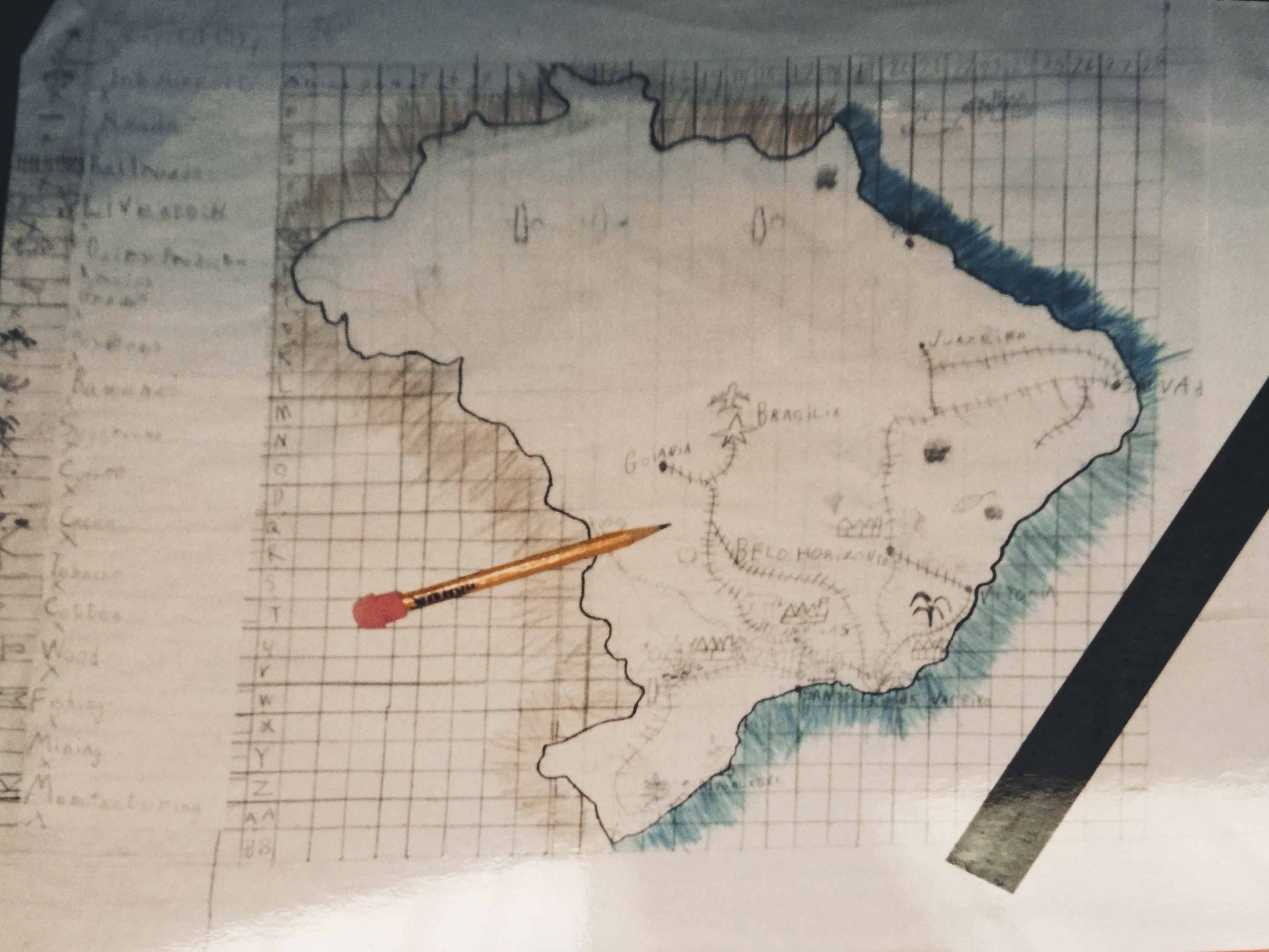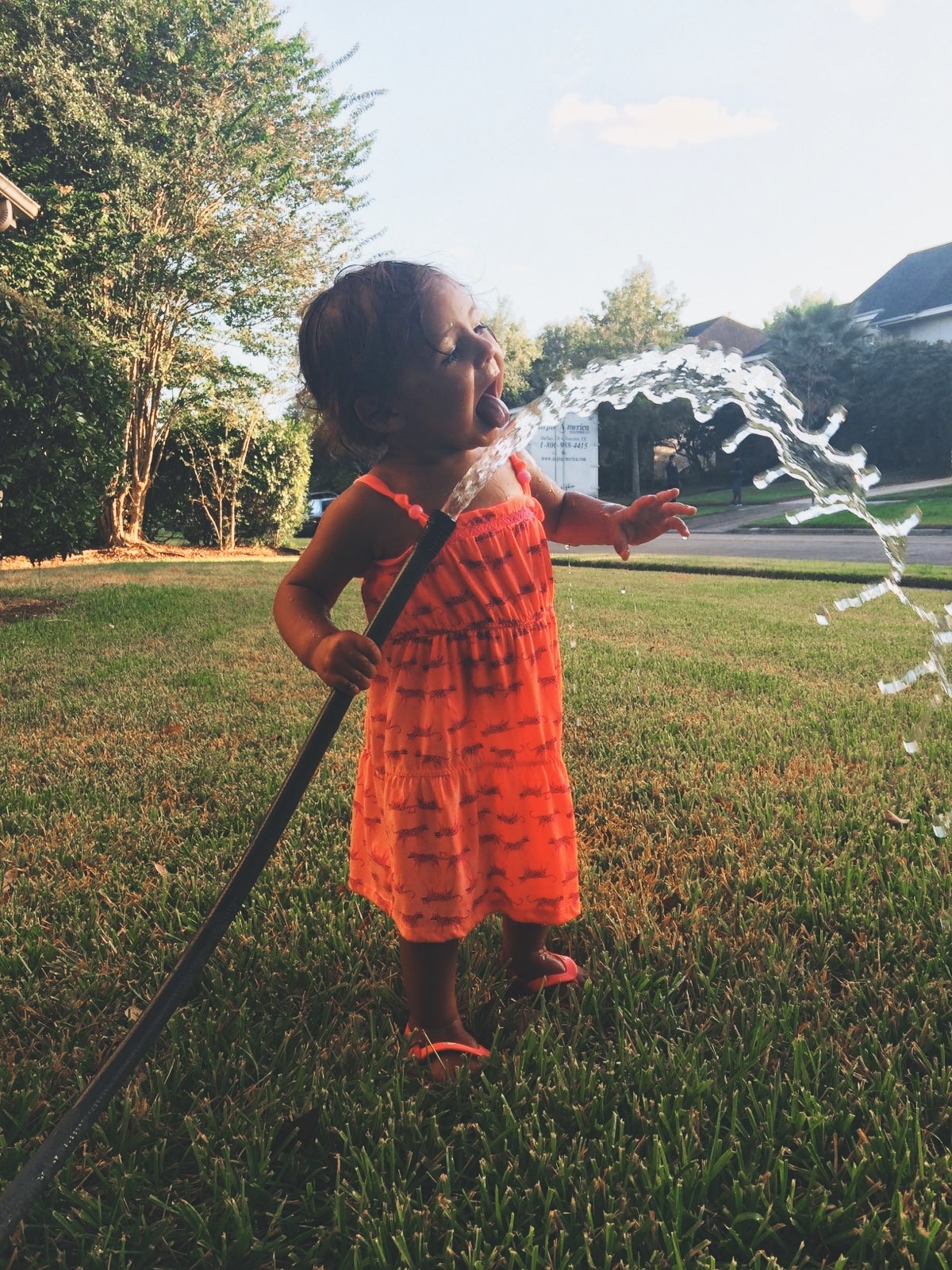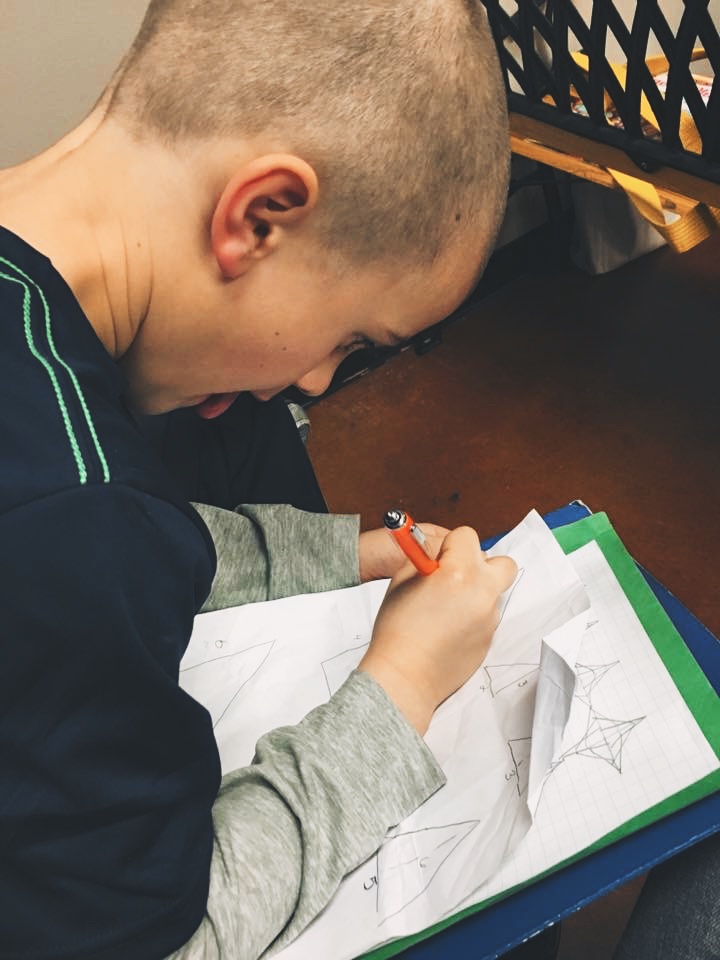Spotlight Donna Bryant Goertz
Spotlights
At a recent inservice, our staff read and discussed a book we’ve been hearing about from different sources for quite some time, Children Who Are Not Yet Peaceful. We were absolutely inspired, challenged, affirmed, eager. Of course, we had to reach out to the author, the founder of Austin Montessori School. Donna Bryant Goertz captivated us with her enthusiasm and passion. We think they shine through her words.
Q: Can you tell us a little bit about yourself? Your background, your interests, your dreams?
I was born and grew up on the Texas/Mexico border. The first of eleven children, I was an introverted and quirky little girl. I remember myself as mean and bossy! In my elementary years, I was enchanted both by art and science. I have vivid memories of times when each one thrilled me to the core. In my adolescence, encouraged by teachers, I became interested in Shakespeare, drama, and writing—as attested to by the length of these responses!
“I vacillated between the euphoric feeling that I was born to do Montessori work and the despair that I was the last person on earth who should be doing it — all depending on the vagaries of that day”
Late in high school, I was intrigued by the possibility of empowering my classmates to break free of cliques and embrace possibilities. It seemed to me that the possibilities were endless and compelling. Social movements fascinated me. I was drawn to understand and explore causes. I had a deep revulsion for racial, ethnic, and religious prejudice.
My girlfriend couldn’t go to the dance at the country club because her mother was Jewish? My mother was scolded by an old white man for saying ma’am to an African American woman? My classmate couldn’t have Marty for a boyfriend because he was Mexican American? I found the thinking behind these experiences morally repugnant. The teachings of our nuns in religion class that our own conscience came first and that obeying unjust laws was not a virtue, that it was our moral duty to work to change them, was for me a charge to carry forward in my life.
I was captivated by the Theory of Evolution taught by our nuns in my Catholic girls’ high school. I found it to be brilliant and inspiring–that we were all, organic and inorganic, animal and plant, so basically connected and interconnected.
Fascinated by analyzing the methods of various of my teachers, especially in relation to the particular difficulties of my fellow students in comprehending certain concepts, I spent time thinking up different and what I considered better ways of explaining each difficulty.
Q: Now that the hardest question is out of the way: What’s your favorite color?
Oh, oh my– my favorite colors are greens and purples, although I am also partial to azul añil, which Frida Kahlo used saying it kept away evil spirits, and all shades of terra cotta, so abundant in our beloved Italy and Mexico.
Q: Do you have a favorite book? How about a film?
Montessori’s “Education and Peace” would be my all-time favorite book. I am partial to all the books of Garcia Marquez and was pretty jazzed back when I discovered I could actually read them in Spanish! A recent favorite was Norman Doidge’s “The Brain that Changes Itself.” At the present time I am reading Andrew Solomon’s “Far from the Tree” and Jamie A. Davie’s “Life Unfolding: How the Human Body Creates Itself.”
For films, I adore the little French film “L’Havre” and the lovely Cuban film “Habana.” Most recently I have loved watching the first two of a trilogy of Indian films, “The Apu Trilogy.”
Q: When you close your eyes late at night, and imagine waking up and starting a new adventure: what is that adventure?
My new dream adventure for here at home in Austin is being available to the brilliant Grae Baker and the Austin Montessori School staff, as called upon, as they take the school forward into the next fifty years. Beyond Austin, I dream of taking what we have learned in developing the school over these decades out into the world. I dream of doing both of these with my beloved husband and partner in my work, Don, founder of the second quarter century of the school with its institution of both the Youngest Children’s and the Adolescent Communities, from our homes here in Austin and in Mexico. I find especially gratifying my work, with the support of Robbie Burnett, of preparing and sending teams from Austin Montessori School to present for the Francophone Montessori Project under the direction of another brilliant Montessorian, Benoit Dubuc.
Q: What first appealed to you about Montessori?
I’m embarrassed to admit that I was first attracted, not by Montessori’s mission of education for peace nor by her service to the whole child, but by what I mistakenly took to be her way of supporting brilliant little children (particularly my own five little ones, of course) to enjoy becoming more brilliant, much earlier. Silly me! It was only a few years before I met our challenging and compelling mentor Cato Hanrath who provoked us to begin to see Montessori for what it really is, education for peace. From then on, it was Ms. Hanrath’s continuity with the school over decades that brought forth from all of us the maximum effort of heart, mind, and spirit–the mighty work—it takes to persevere in the evolution of a Montessori school. She continued to come to us from Mexico City even through the years when her frailty required Don to carry her from the car and up the stairs of our home, where she stayed so many times. Her transformative work with us was followed by decades of the deep mentoring of Patricia Oriti and the collaboration of John Snyder. Furthermore, a gathering of the right team of staff and parents is lastingly appealing!
Q: How long had you been a teacher before you started your own school?
I founded Austin Montessori School in 1967, after a year of assisting in an AMI school, before I ever guided children, before receiving my AMI elementary training in Bergamo in 1982, and long before my AMI A to I training in Denver. Although I began my relationship with AMI immediately and always sought AMI trained guides and AMI accreditation, I was not able to get my own training until my five children were grown up.
Q: What were the first years of starting a school like?
Those were intense and challenging years that impacted my own children’s childhood in often less than ideal ways. My family, with the support of my grandparents, started the school in an abandoned WW II barracks building on the St. Edwards University campus, where their father was an English professor. Often we had to kick the furnace hard to make it work and we sometimes had to haul water in by the bucket.
My five children, their father, and I lived our lives around our children’s sports and their string lessons at the University of Texas, my passionate work for the school; and his support with our children and the school, along with his dedicated activism for social and economic justice. And our five children each played a role in the school, contributing in very real ways to its progress. Over the first five years of the school’s existence, I vacillated between the euphoric feeling that I was born to do Montessori work and the despair that I was the last person on earth who should be doing it–all depending on the vagaries of that day.
The decades following Don Goertz’ joining of the school were easier, but still impactful on our last two children. My understanding was solid and the path ahead was clear. Don’s partnership at home and at school was pivotal and powerful through his natural affinity for all things Montessori, his keen business sense and his background as a professor of classics.
Q: What advice do you have for new Montessori adults?
Take your time to learn, understand, and practice deep Montessori. Enjoy the process. Read and reread every Montessori book. Follow Montessori’s example of studying philosophy and anthropology and opening up to the best in all religions, spiritual paths, and philosophies of life. Read and reread your albums. Practice, practice, practice, and polish your presentations to perfection. Spend time with passionate and intellectual Montessorians. If you contemplate founding a school, do so slowly and well. Plan ahead to keep the board small and, as for parent members, include only those whose children have already graduated from the school. They will have become steeped in Montessori philosophy and practice, well integrated into your particular school culture, and thoroughly invested in Montessori’s mission of peace. Furthermore, you will have known these parents long and seen them through the ups and downs of their own children’s development and learning, as well as through the challenges of the school community. Perhaps a collection of advisory committees of current parents without voting privileges could be useful.
Q: Did you have a “Montessori Moment”?
Those moments when, through the efforts of the other children, suddenly or gradually, a child at odds with herself or with her community began to engage in worthy work and reclaim her true nature are always my “Montessori Moments.”
Q: What’s your favorite Montessori quote?
“Now, child life is not an abstraction; it is the life of individual children. There exists only one real manifestation: the living individual; and toward single individuals, one by one observed, education must direct itself.” The Montessori Method
“Take your time to learn, understand, and practice deep Montessori. Enjoy the process.”
Q: What inspired you to share your Montessori story on your blog?
Hmm . . . I love to think about all the aspects of Montessori and to explore its facets from every angle, contemplating their implications in relation to society and cultures of today, the past, and the future. I’m a writer. That’s what I do about all that. I am also a presenter. And that’s also what I do.
Q: Your book, Children Who Are Not Yet Peaceful, was wonderful to read; how did you decide to share these stories with others?
I thank you for your gracious and generous words. I’m so glad the book is serving well! A mother of two boys in my classroom community, Marian Schwartz, translator from the Russian, par excellence, began insisting that the story of the school needed telling. She persevered over an eight year period in eliciting from me one story every couple of weeks or so. I quickly discovered that I loved to write about Montessori, the school, and the community of children I guided. I realized what a clarifying process writing was for me, how well it informed my work, and how helpful it was for others.
“I realized what a clarifying process writing was for me, how well it informed my work, and how helpful it was for others.”
When I had given her a critical mass of stories and articles, Marian began organizing them into chapters and sections, for each of which she extracted from me introductions and conclusions. Next she engaged her agent to represent the book and seek a publisher. The book has since been translated into Spanish, published in French, and now translated into and about to be published in Russian. The book has been one of the most gratifying aspects of my work and has led to my writing many, many articles. It has also led to my work presenting internationally and to my blog. It all started with Marian asking me to write about the school!
Q: What advice do you have for new parents trying to incorporate Montessori at home?
First and most vital is for parents to understand Montessori as an aid to their child’s natural development, as respect for their independence and their urges to explore, to choose, to engage, and to reach concentration; they need to understand Montessori as a support for their children’s maximum effort and their cycles of activity; and, more than anything, as a way to make their family lives more harmonious and enjoyable, gratifying and beneficial all round.
Q: What do you think is the best introduction to Montessori?
I would have to say that Amber’s (admissions director) School Showing at Austin Montessori School is the best introduction to Montessori I know of! Absent that possibility, Susan Stephenson’s book, The Joyful Child, followed by several observation periods for which the particular school would provide prior preparation and a follow-up discussion could prove a worthy introduction to Montessori.
Q: What continues to inspire you about Montessori?
Everything about Montessori continues to inspire me–all that is mundane and every-day, all that is astonishing and breathtaking, all that is still unknown and confounding, as well as the character of Montessori people–parents, staffs, and community supporters–who live their lives for the cause of the child, for the cause of peace!
Q: In what ways do you envision the future of education?
I see more and more, better and better Montessori schools being founded around the world. I see Montessori seeping into education in private and public schools, here and abroad, in big and small ways; both authentically and less so, in Montessori’s name, in disguise, or anonymously. I see us celebrating the finer of the Montessori-inspired practices–those that serve true child-nature– in any school of any type or name wherever they are found, admiring them much as we admire the classroom communities where children work as if the guide did not exist. I see us humbly and gladly celebrating, because fine Montessori inspired policies and practices need not be rightly attributed to Montessori, need not give credit where credit is due, and need not shine a properly deserved light of admiration on Montessori–or on us–in order to benefit children. We Montessorians are more invested in the good of children than in the credit Montessori gets.
“First and most vital is for parents to understand Montessori as an aid to their child’s natural development, as respect for their independence and their urges to explore, to choose, to engage, and to reach concentration…”
That said, the real power of Montessori, the power to transform humanity and society– can only be unbound through the integrity of authentic practice. Therefore, I see us working assiduously, humbly, and anonymously to influence education in all schools while keeping the highest standards in our Montessori schools, so that our example shines broadly and far, but not blindingly, and our model calls silently to others for emulation.
Q: Where do you see Montessori in the next 100 years?
I see the Montessori movement remaining fresh and vital, inspired and inspiring, vigorously founding school after school in the one country after another, while raising and keeping the bar high on existing Montessori schools. I see Montessorians resisting the compromises to best practices that undermine the outcomes that only authentic Montessori can bring—beyond the popularly touted outcomes, well beyond test scores and university entrances, and far beyond entrepreneurial accomplishments–the invaluable and irreplaceable outcomes of character, integrity, social emotional development, and economic and social conscience.
Written by:
Baan Dek
